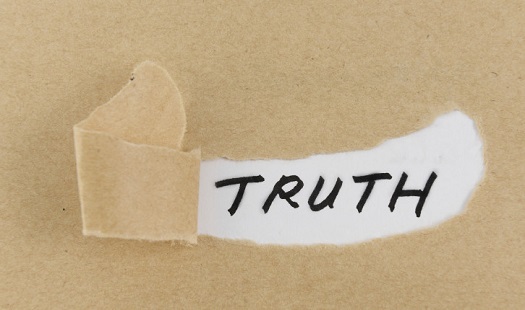In our previous blog, How to Detect Lies in the Workplace, we discussed how common the practice of lying is in the workplace. There are verbal cues to watch out for to detect when someone is lying. However, it is important to remember common “tells” do not always indicate that the person is a liar. To catch a liar, pay attention to timing and clustered behavior.
The good news is, there are tried and true ways to conduct a conversation to either catch someone in a lie or steer someone toward the truth. The trick is to be patient and keep emotions in check during the exchange. Start by discovering how someone acts/responds when telling the truth.
Establish a Baseline
What does someone look like when they are lying? Actually there are no universal signs for lying. Every liar is different. That’s why it is important to first find out how someone behaves when they are telling the truth. This will help establish how they behave normally and establish their baseline. Start at the very beginning, with the handshake. We all know that there is only one chance to make a first impression; the same goes for observing a first impression. So, be observant from the very first moment of contact.
Look for natural expressions, hand gestures, tics, posture and gaze when certain questions are asked. We are already doing this subconsciously. Instead, do it intentionally and make mental notes for the new person’s behavior and “file” these observations away to establish a baseline of behavior.
Begin by asking a question you know the answer to and note how the other person responds. This will help determine truthful “tells”, both verbal and nonverbal. Then reinforce the baseline by asking questions or making comments that will elicit a reaction, then note the reactions.
Baselining can be effective, but use with caution because:
- If not done subtly, it can be easy to detect
- When detected, some people can master behaviors to mask untruthful behavior
- When someone has mastered detection, it can be easy to use convincing statements (e.g. “Why would anyone jeopardize their job?”) consistently to fool you
Once you have established a baseline for someone, there are specific types of questions that can be used to uncover the truth and/or catch someone in a lie.
Ask the Right Questions
Fifty percent of workers admit to committing at least one unethical action over the course of a year. Don’t let the wool be pulled over your eyes! Discover what is really going on by asking specific questions.
There are four types of questions that can be used to uncover the truth.
- Open-ended: this provides a basis for discussion or explores an issue (e.g. “Tell me what you did after you arrived at work?”)
- Closed-ended: probes specific case facts (e.g. “Did you go into the boss’s office?”)
- Bait: hypothetical question that introduces the possibility of incriminating evidence (e.g. “Would any of your coworkers have seen you go into the boss’s office?”)
- Opinion: helps determine how the person feels (e.g. “Do you think it’s ok for someone to go into the boss’s office if they are not present?”)
Which type of question used depends upon the situation. Before the first question is asked, always:
- Consider the mindset of the person if they are guilty
- Start off with soft questions that give the person time to entrench themselves in their “story”
- Focus on questions they are less likely to be prepared to answer
Overall, do not ask questions in a confrontational way. Keep emotion and any biases in check and don’t accept the first thing someone tells you. Dig deeper by exploring other areas around the message and following up to uncover all facts or clarify specific points.
Need Help Uncovering the Truth at Work?
SACS Consulting & Investigative Services, Inc.’s Detecting the Lie training can teach you and your staff proven methods to detect lies and deception in the workplace and in transactions with vendors and customers. Contact or call 330-255-1101 to schedule training today!

